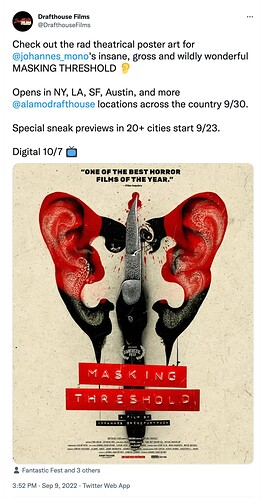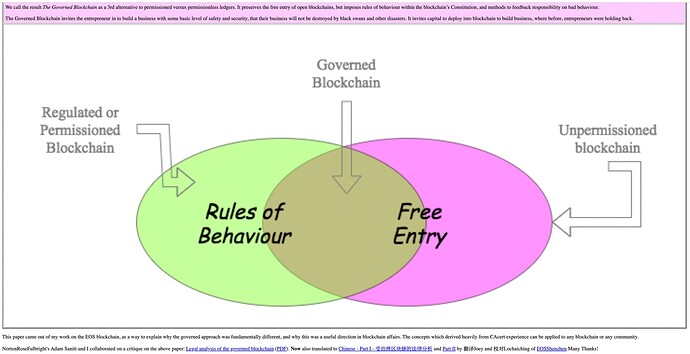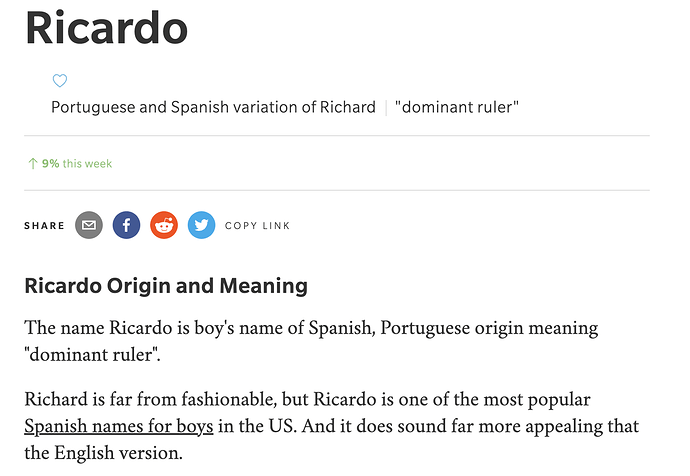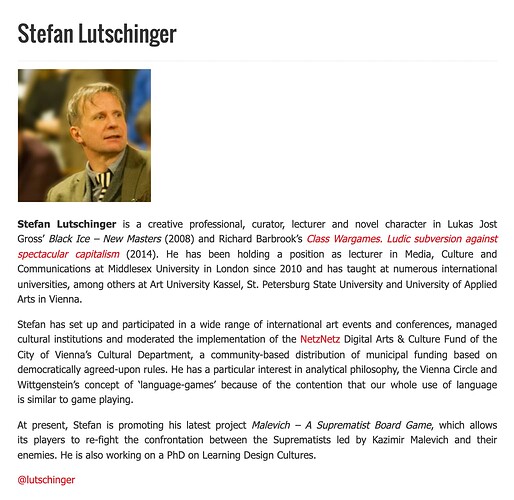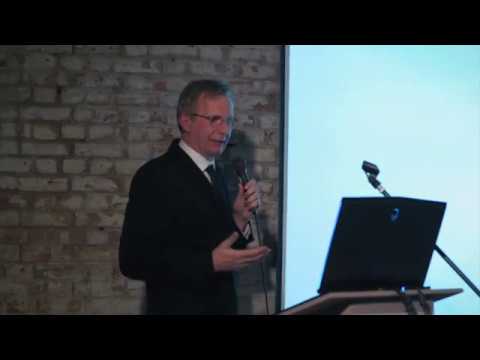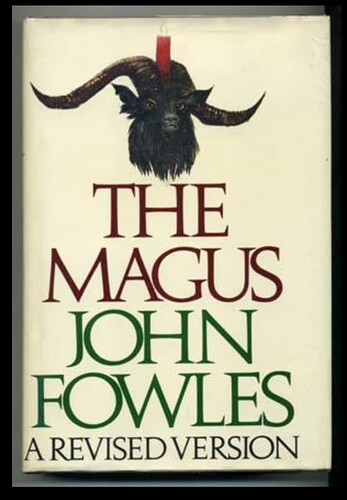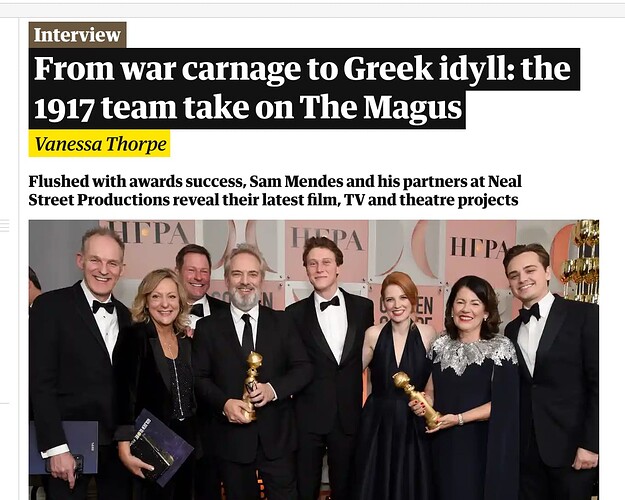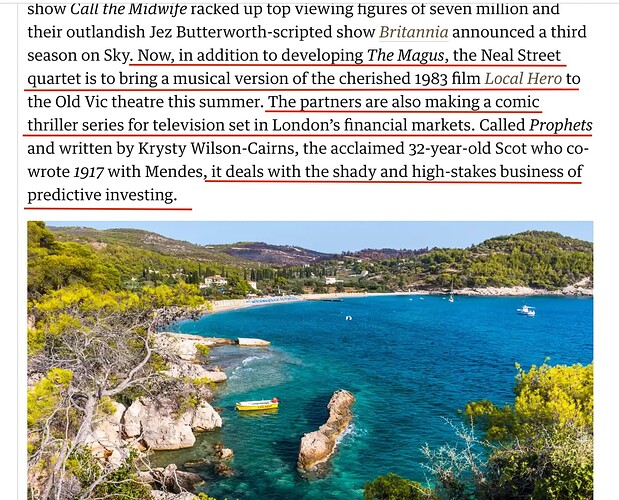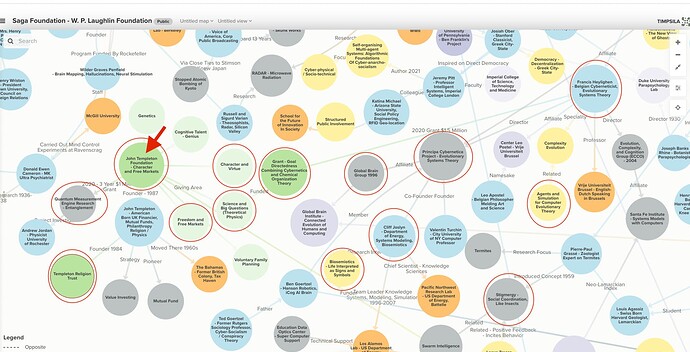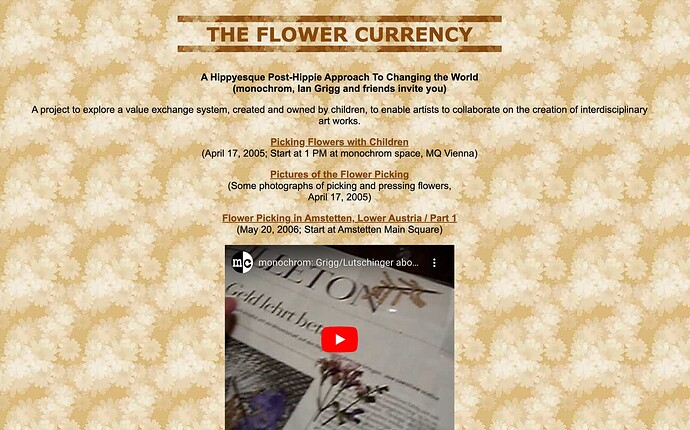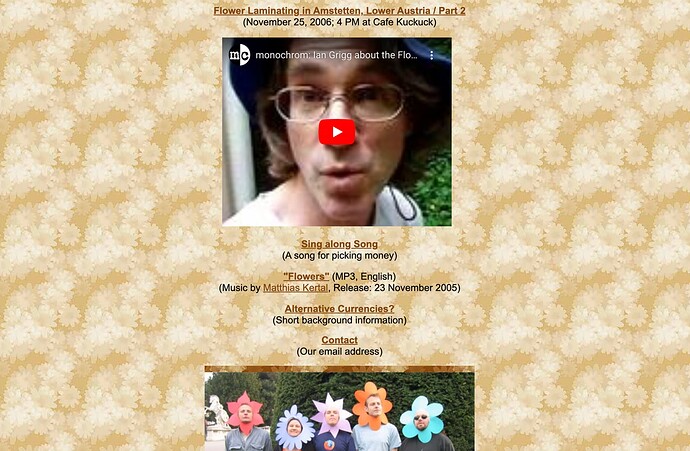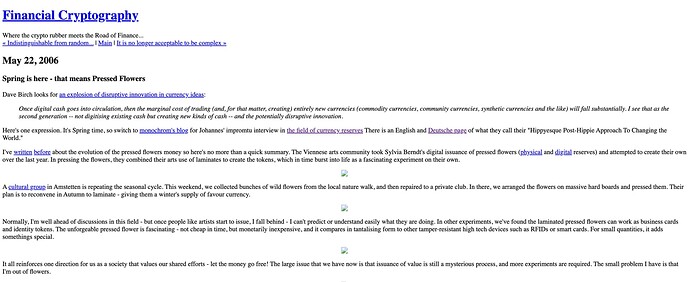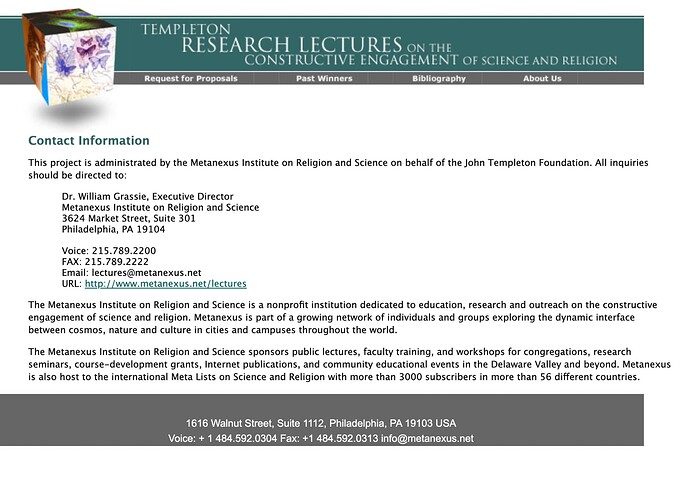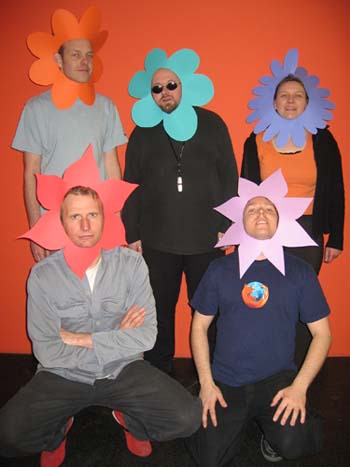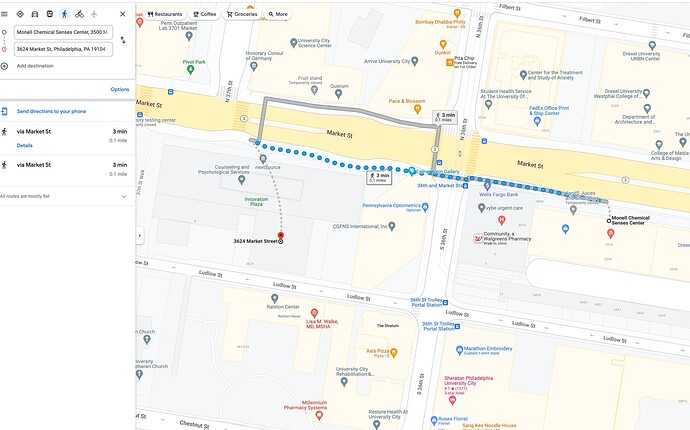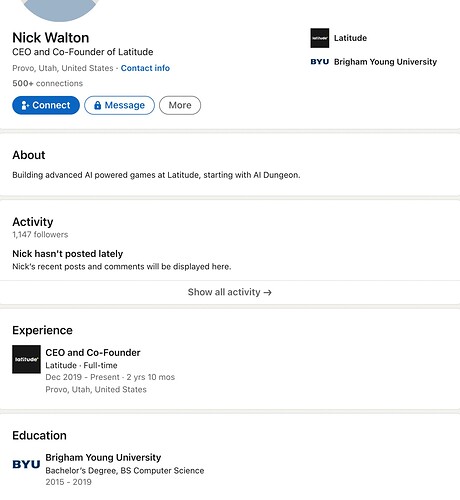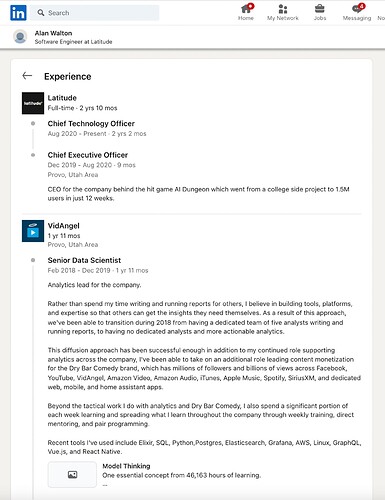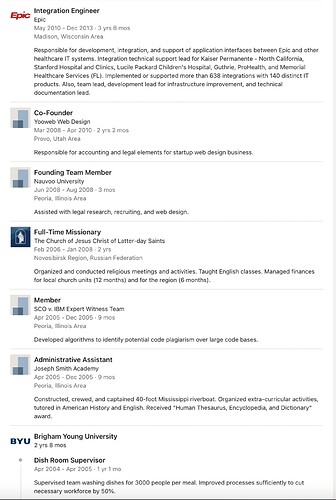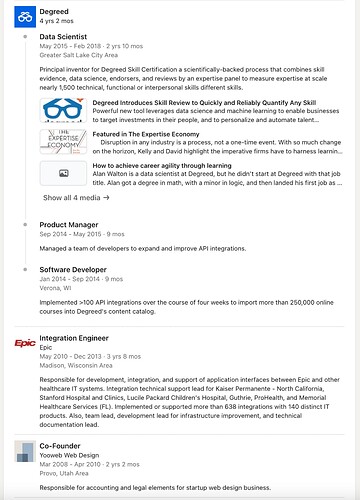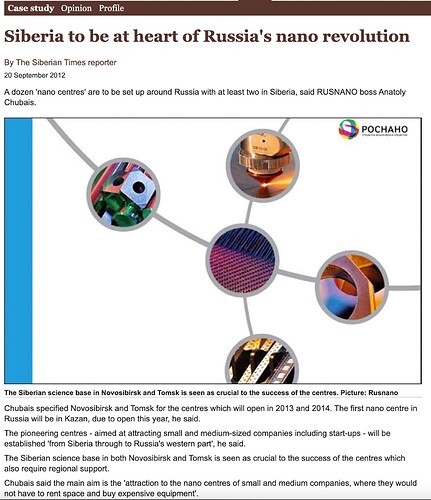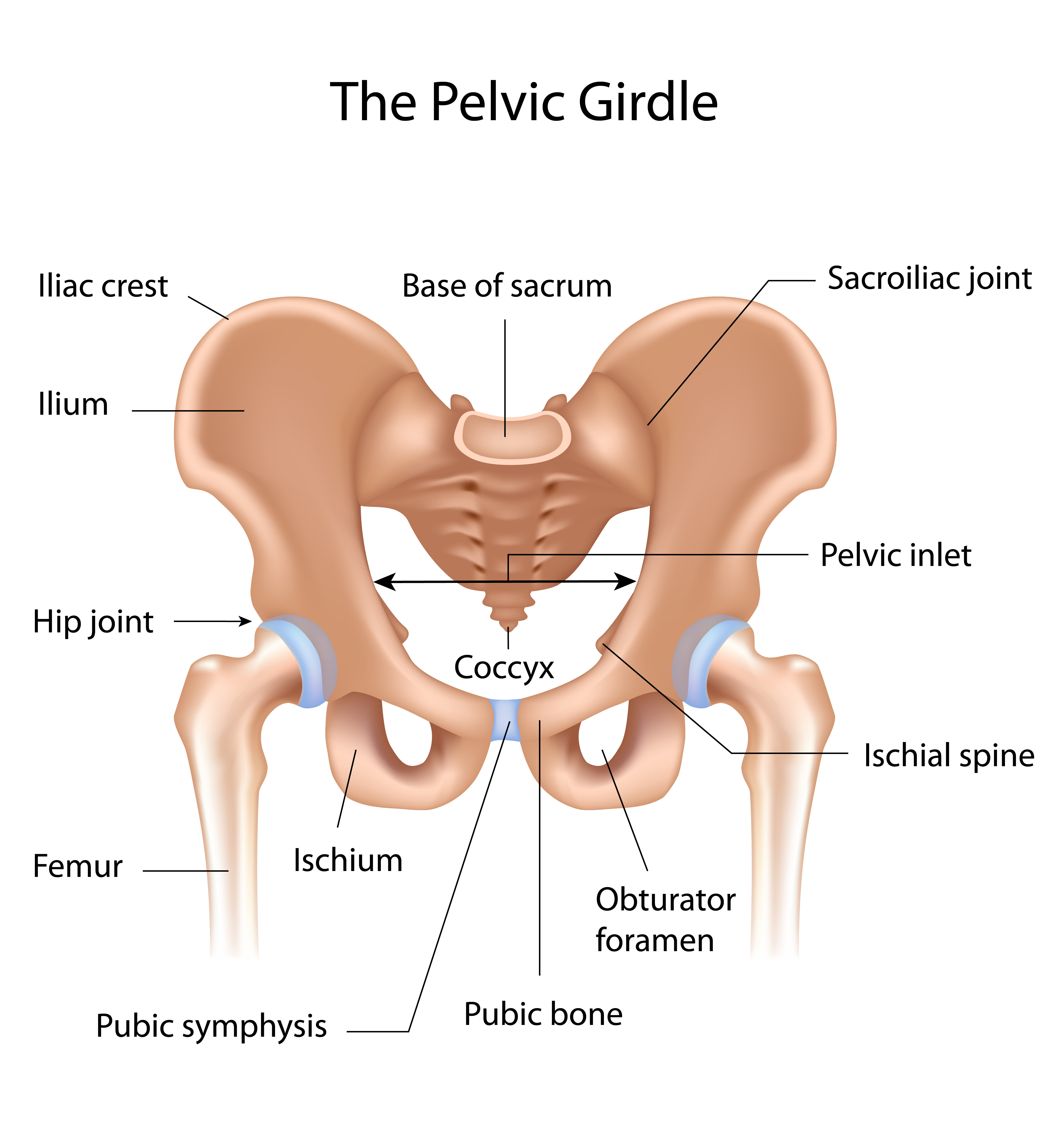http://www.shipwright.com/rants/rant_03.html
The Geodesic Network, OpenDoc, and CyberDog
Robert Hettinga
Shipwright Development Corporation
Everyone remembers the old saw [ahem…], “When all you have is a hammer, everything looks like a nail.” These days, I think see nails everywhere. Here’s why.
Almost a decade ago, now, in one of my more entrepreneurial moments, I read Peter Huber’s 1986 “The Geodesic Network”, the US Government Printing Office version of his report to Judge Green, the judge who broke up the Bell System, on the status of the breakup and what Huber thought the next steps should be. Peter Huber’s a smart guy. Doctorate from MIT, JD from Harvard. Wrote a great book about junk science and tort law. The upshot of Huber’s report was a polite version of “Deregulate 'em all and let God sort 'em out”. It took 10 years, but Regional Bell Operating Companies are now (not too successfully) competing in the information services business, and it looks like it’s a matter of time before the last bastion of the telephonic monopoly, the local central office, will be utterly deregulated and competing for its customers like every other business.
The reason Huber gave for his conclusion was something called Moore’s Law, more of an observation, really, named for Gordon Moore, who was one of the founders of Intel. Moore figured out something that is painfully obvious to anyone who’s bought a computer: the cost of some given semiconductor “horsepower” falls by half over a very short period time: every 18 months when Moore first looked at it. You would think that Moore’s Law would bottom out eventually, but it’s hard to see that any time soon. Moore himself figured that it would happen around 1980 or so, and if anything, this “half-life” of semiconductors has decreased since. It’s now half every 12 months. That means that your brand-new whizzy PowerPC-604-based Mac could be worth half what you paid for it in as little as a year. Moore’s Law is why Guy Kawasaki wrote in one of his columns a few years ago that smart people start saving for the next computer the day after they buy the one they have.
This implosion of the price of microprocessors really got Huber’s attention. Telephone switches are microprocessors. Because the cost of switches (operators) was so expensive, and because lines were much cheaper in comparison, the telephone system was originally set up as a hierarchy. Operators switched long distance calls up the network’s hierarchy and then back down to complete a call. The further a call had to go, the higher up the “root” structure of the net the call had to go. The faster “switches”, or rooms with more operators, were at the top. Remember that picture from the 1920’s with an operator supervisor on roller-skates supervising hundreds of operator switchboards? So, this couldn’t go on forever, people cost too much just to switch phone calls, and switching evolved from electromechanical (pulses, or “clicks”) to transistors (tones) to semiconductors. Shockley, the guy who invented the transistor, worked for Bell Labs, remember?
With the advent of semiconductors, you could build really small switches. You could even build one called a Private Branch Exchange, or PBX for short, which really just put a small central office on your premises, if your company was big enough. Once companies could switch their own calls, however, all bets were off. The was no reason you couldn’t just string a bunch of private lines between your headquarters and your branches and build your own minature version of the long-distance network. You then wondered how you could lower the costs of your private lines, and you couldn’t, because you were buying them from a telephone monopoly. There wasn’t any competition for long distance direct lines between a company’s various PBXs, much less switched traffic, which is how most normal long distance calls are handled.
We all know where this went: MCI sued AT&T, and Judge Green broke up the network. He hired Peter Huber three years later, who looked at all these switches, and their collapsing prices, and decided that instead of lines being cheaper than nodes (switches), which necessitated a hierarchical network, things were the reverse, and accellerating with a vengence. In other words, the network had changed from a “root”-like hierarchy to another familiar network, the network of lines and nodes one finds in Bucky Fuller’s geodesic domes, or, as Huber called it, a “Geodesic Network”, which is what he titled his report to Judge Green. In a geodesic network, there is no up or down. A packet of information could be going through a switch in any direction, in and out of any line. The information content of the network is so huge that if it were concentrated at any one node, or switch, the switch couldn’t be built big enough to hold it all. It would choke.
You can see the rise of the geodesic network model in all sorts of things (remember what I said about everything looking like a nail?), the ubiquitous computing stuff they’re doing at Xerox PARC is the most famous example, and my favorite really outrageous one is the capital markets and the financial system, particularly when you look at the long term consequences of digital bearer certificates like digital cash, or digital stocks and bonds.
Anyway, my favorite analogy (and you can see I use way too many as it is ;-)) for the effect of microprocessors on information is that of a surfactant: plain old soap. Like the Dawn commercial, where a drop of dish soap breaks those big grease globs into smaller and smaller pieces until they seem to disappear, Moore’s Law does the same thing to information, and by extension, information hierarchies. Now it seems that information hierarchies are the central fact of modern life, and everything from governments to corporations to practically any organization imaginable evolves into one when it gets big enough. However, let’s dance around the sociology a bit here and apply this strictly to software on the internet, which is the mother of all geodesic networks, specifically the internet as a glaring exception to the rule of organization as information hierarchy.
There is of course, sizable argument about whether the internet is in fact organized, but it is organized, and it is because it is out of control that it works. In fact, Keven Kelly’s excellent book, called, ironically ;-), “Out of Control”, speaks precisely to that point. Kelly talks about organization “emerging” from chaotic circumstances, about biological analogs to this, like a beehive, and about why the net works. It’s a great read, and I reccommend it highly.
When I went to the recent Boston MacWorld, to get into the exhibits free (and to get a free lunch in the process), one of my friends, who’s a VAR, signed me up to an Apple product road show as an “associate”. I mean, I am an associate of his, and I do send my systems integration hardware buys through him, so I was probably even legit, in a backhanded sort of way.
Now, I’m a Certified MacBigot, but I haven’t been paying much attention to microcomputer markets much in the last year or so because I’ve focused so much of my time on the net, in particular, on internet commerce. I have gotten to the point that where the net is the only thing that gets me really fired up creatively. To paraphrase Gibson a little, sometimes I think that hardware as just “meat”; the Real Stuff is on the net. It’s certainly true the thrill is gone. Used to be, when you went to MacWorld, you saw at least one thing which really surprised you, because you couldn’t have imagined that it could even exist. Now, when you go to MacWorld, you see something which has been announced for months, or years, in advance, and is usually just a new wrinkle on an old thing. Not so on the internet. You have everything from news and mail groups to the web, discussing everything from why the Brits have the new Babylon-5 episodes and we don’t, to digital cash and cryptoanarchy.
For someone with the attention span of a gnat, like me, the net is heaven. You can pretty quickly find the bleeding edge of some new field, get spun up in a few weeks and actually ask intellegent questions, and even make a conceptual contribution or two, if you bring something new to the table. Things are changing so fast that everyone’s knowlege gets retreaded almost yearly.Thank you, Mr. Moore.
I used to think, “if only you could get paid to do this stuff”, and now, it’s beginning to look like you can. With the advent of internet commerce, someday pretty soon you’ll be able to live anywhere you want, and sell what you do, or what you think, even, to anyone, anywhere. For cash. The ganglia twitch. I love this place.
So. I’m in MacWorld, marvelling at how the outrigger on some of the new PCI PowerMacs allows you to tilt the whole guts of the machine away from the motherboard so you can plug memory into it, (to loud applause ;-), and the next thing they talk about is OpenDoc. I’ve heard about OpenDoc, but remember I’ve been a net.head for the past year and a half, I’ve given up arguing with idiots about why the Mac is Better then Windows, and my MacWeeks get a cursory glance, if at all, anymore: Hardware is Meat, and all that. So the guy demos a clock part, and then a database part, and then a chart part, and light dawns on Marblehead: and epiphany worthy of O.Henry.
What I’m looking at in OpenDoc is geodesic software. The code only gets used when it’s needed, just like that surfacted information on a geodesic network. It can point to a process or information anywhere, on your machine, down the hall, in New South Wales, anywhere.
That’s nothing new, of course. McNeally(sp) of Sun has said the “network is the computer” for a decade or more, and we’re still wrestling with stuff like CORBA to get it all organized and under control, and no one has figured out how to really implement the object model on an enterprize-wide basis and all of that gark, and meanwhile I’m looking it all in the face, right here at MacWorld, between bites of a ham and cheese sandwich.
The beauty of OpenDoc is that it doesn’t have to be organized, or more precisely, controlled . The user picks his parts and puts them together, the user figures out what he wants to see, the developer has no idea what his OpenDoc part is going to actually be used for , doesn’t care too much about what it interacts with besides what it needs to run, and only cares about what his part does . Organization from chaos.
I immediately had all kinds of ideas for this OpenDoc stuff. My pet one is navigation. You know, like, boats? It’s easy to see how under OpenDoc, a chart is a compound document. There can be parts for meridians (the lines for latitude, longitude, even loran time differences), transponders (depth, wind, location like GPS), courses, contours (depth and elevation lines, isobars), and marks (bouys, landmarks, other boats), and pictures (clouds, rain, water temperature stuff from NOAA). Superimpose them on one compound document, and bingo, a living, breathing picture of where you are right now, with live information from wherever it comes from: NOAA, the instruments on your boat, other boats, the bouys in the water, wherever.
All lit up like this, I then went to see a friend who works at Apple. When I was a graduate student at Chicago in the middle 80’s, I used to work midnight to eight in the morning at the computation center. I spent a lot of time in my office smoking baseball-bat cigars, eating pizza with everything, reading usenet news, and chatting with a high school crony in Dublin. It was a lot of fun then, but I got a real job in Boston, and I hadn’t really messed with the net since. My friend was the one who got me back on to the net a year or so ago, by making me buy Adam Engst’s book, the “Internet Starter Kit for Macintosh”.
So, when I see my friend, holed up in an Apple computer lab at the Parker House Hotel, I told him about my little epiphany with OpenDoc, and all he said was “CyberDog”. At that point, I went into grinnin’ fool mode.
Now, I remember people talking, and even skimming over articles, about CyberDog, Apple’s OpenDoc environment for the internet, and I thought at the time that Apple was trying to write a Yet Another Netscape Killer. I’d even read the various articles on Apple-Internet-Users about it. Now, with geodesic “hammer” in hand, all I could see was nails: I could see that CyberDog isn’t a Netscape killer at all, any more than OpenDoc is a Word 6 killer.
It’s Moore’s law come to internet applications. It’s a code surfactant, breaking software up into smaller and smaller pieces, enabling it to exist in more and more remote places, making it more and more ubiquitous, more uncontrolled, more inefficient, and more powerful, and, paradoxically, more organized, in the emergent fashion of Kelly’s “Out of Control”.
The internet, a creature of Moore’s Law, has always had applications like this. When I got my copy of Adam’s book, they were all there. Fetch, NewsWatcher, TurboGopher, Eudora. InterSLIP. (“Dating” myself, though it’s only been 14 months)
Mosaic was too big, so you had to download it yourself. Netscape hadn’t been released, but eventually it would dwarf even Mosaic. Why? Because Netscape and Mosaic were web-browsers, and because although HTML is itself a kind of compound document architecture, albeit a very primative one, it was never actually designed to be one, it just grew into the role.
The problem Netscape is, as we’ve said here already, even though it tries to use helper apps in a quasi-parts fashion, is just a web-browser. It’s like the meridian part (the latitude and longitude lines) in my example about a compound navigation document. You need it under everything, so that you can tell where you are, and the other parts can array themselves in relation to it, but it doesn’t need to do all the stuff that all the other apps do. Netscape, like the any node in a geodesic software network, will choke on all the code if it tries to control it all at once. As we all know, a geodesic network, like the internet itself, will automatically route around bottlenecks.
Now, there are other architectures out there, not the least of which is OLE, ostensibly a compound document architecture, but is in reality Microsoft’s bus for linking all its “Office” applications, and thus trying to create with it a super-app which is supposed to be the software equivalent of kudzu, choking all its competition out of the water. OLE may do more to increase the market for Pentium chips than any marketer at Intel ever dreamed, but I don’t think that it’s going to do what Microsoft hopes. I think that Microsoft is barking up the wrong tree for two reasons: One, if it plays its historic “dog in the manger” role of controlling code to its own advantage, it will eventually collapse under the load of trying to write it all. Word 6 is a good case in point, and it’s just a word processor. Two, if Microsoft actually opens up OLE to the rest of the world, by improving it so it works better, and by improving its developer evangelism, including not saving the juicy bits for its own developers first, then Microsoft gets its application code base broken up just like a big glob of grease in dishwater breaks up when the soap hits it. Microsoft goes back to being an operating system company, sans the efforts of Mses Clinton, Reno, Bingaman, et. al.
Which is why I think the idea of OpenDoc on the internet, and by extension the CyberDog project, is very interesting. I expect that there will be a Netscape OpenDoc part, just like there will be parts for every Mac normal internet app, like Newswatcher, for instance. The people on the mcip list (the Macintosh Cryptography Interface Project) are talking about a PGP part as soon as PGP 3.0, which is modularized, comes out. I can see how internet commerce parts, like parts for First Virtual, or Cybercash, or more important, how MacEcash, Digicash’s digital cash app, could be converted into an OpenDoc part for CyberDog. Just drag your coins out the Ecash part’s window and drop them on the cash register icon in the Netscape SSL-protected form (or IPSEC-protected, security’s just a part, remember).
It gets worse, however. Remember how Moore’s law drove the terminal-host model to client-server? Are you ready for peer-to-peer on steroids, for server-server? In a twisted parody of Huey “Kingfish” Long’s campaign slogan of “Every man a king”, we’re looking at everybody a server. In a geodesic model for software, concentrations of code are surfacted away by the ubiquity of the processors on hand for the job. We already know about farming out ray-tracing on a network of graphic Macs, one machine acting as a massively parallel parasite of unused computer cycles on other machines. Even this is too hierarchical, too top-down. The cypherpunks, a “electronic mail list of cryptographers, hackers, and mathemeticians” according to the Wall Street Journal, are at this moment cracking yet another rediculuously small keyspace that Netscape is forced to use to encrypt foriegn credit card transactions, to prove that the State department regulations calling cryptography a munition, the ITARs, are hopelessly out of date, and that anybody can read international web-traffic with ease. A participant’s machine links to the server running the search, requests a block of keyspace to search, searches it, and sends back whether it’s found the key. The key server just keeps track of the processing. The processing is actually done by the hundreds of machines requesting keyspace to search. Nobody’s in charge here. The machine with the keyspace to be searched isn’t telling the machines searching the keyspace how to do it. Any machine can be a keyspace server or a keyspace processor, depending upon the circumstances.
One more thing. The machine which finds the key actually gets a reward of about 450 of Digicash’s beta digital cash certificates, called Cyberbucks, or c$ for short, which are currently trading at US$5/c$100, or 5 cents per, and this is a horse of a different color entirely. Digicash did not anticipate a secondary market for it’s nonreplicable certificates, which evidently are being given a cash value on their electronic uniqueness and secure transmissability alone. People are actually buying physical stuff. A major example was a “This T-shirt is a Munition” shirt, printed with the RSA algorithm in 4 lines of PERL and in machine-readable barcode, bought from a server in Great Britian by someone in the US, who will be importing something he can’t then export, or even show to a foriegn national without breaking the law. All with these “beta” certificates Digicash had no idea would be traded.
Welcome to the future, Apple. It is easy to see how people who create things can get paid in a geodesic market like this. It’s easy to see how people can be paid for their knowlege of something in particular. It’s easy to see how, with teleoperation, even machine operators (like surgeons!) can get paid. It’s easy to see that, like the factory jobs did to the farms and to the domestic staffs of the world, people would rather work here than where they worked before, which is all too often an office full of grey cubicles.
I hope that Apple, which has done it’s own imitation of the dog in the manger on occasion, and who fortunately can’t hold a candle to Microsoft in that department, will figure out two things: First, 30% of the microcomputers hooked into the net are Macs, and the Macintosh way of doing things is the reason for that. Second, the people who write either client or server code for those net.macs are about to get paid, directly, by their customers, and eventually get paid in cash, for their their efforts.
A lot of money’s going to be out there for the company selling those developers the tools and the standards to do their jobs, as long as Apple realizes that they’re not marketing transactions here, that they’re marketing relationships, and that they have to avoid hogging all the code for themselves. That dog won’t hunt. It’s too busy keeping the cows out of the manger.
A geodesic network routes around all obstructions.
Cheers,
Bob Hettinga


